Mehtab
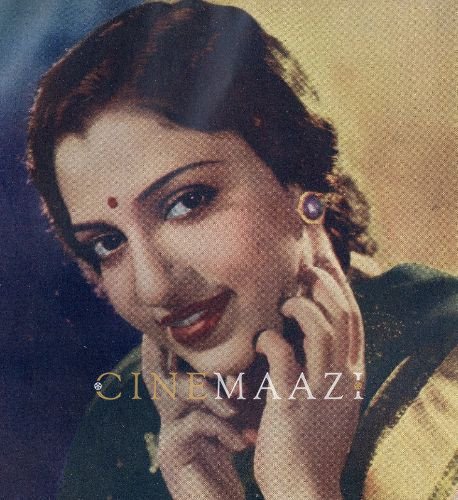
Subscribe to read full article
This section is for paid subscribers only. Our subscription is only $37/- for one full year.
You get unlimited access to all paid section and features on the website with this subscription.
Not ready for a full subscription?
You can access this article for $2 , and have it saved to your account for one year.
- Real Name: Najma Khan
- Born: 28 April 1918 (Sachin, Surat)
- Died: 10 April 1997 (Mumbai)
- Primary Cinema: Hindi
- Parents: Sedee Ebrahim Khan
- Spouse: Ashraf Khan (divorced), Sohrab Modi
- Children: Ismail, Mehli
Working in films over four decades, actress Mehtab is known for films such as Jhansi Ki Rani (1953) in which she essayed the title role of Rani Lakshmibai – the queen of Jhansi; Parakh (1944); Sanjog (1943) in which she played Princess Bina Kumari, Chitralekha (1941) which saw her enact the main role, Miss 1933 (1933), Bhakta Kabir (1942), and Punarlagan Ni Patni (1928). The daughter of the Nawab of Sachin (Surat, Gujarat), she would later marry well-known filmmaker Sohrab Modi. She is counted among the Muslim actresses such as Zubeida, Anwari, Sharifah, and Jahan Ara Kajjan, who were popular in the initial decades of Hindi cinema.
Born on 28 April 1918 in Bombay, to the Sedee Ebrahim Khan, the Nawab of Sachin, she was named Najma. Her career began as a child artiste, when, aged two, she appeared onscreen in the silent film Kamaal-e Shamsheer produced by her mother.
She would make her debut as a heroine in the Indian Arts Production film Veer Kunal (1932), in which she was introduced via her screen name Mehtab. Directed by Manilal Joshi, it was based on the legend drawn from the Asokavadana stories, set at the time of the Maurya Empire (3 BC), revolving around Kunal, son of Emperor Ashoka, of whom it was predicted that he would go blind.
She would go on to appear in films such as Vimla (1925) and Jayant (1929), before she was signed by Chandulal Shah for the films Bhola Shikar (1933) opposite E Billimoria and Ran Chandi opposite Navin Chandra. With both these films failing to make a mark at the box office, her mother formed a film company of her own, placing Ashraf Khan (who was Mehtab’s first hero) as in-charge of the same. Mehtab and Ashraf Khan would go on to marry, and have a son Ismail. However, no film was completed by the company and it was hit by heavy losses. Mehtab’s marriage also failed and the couple divorced, with Mehtab winning custody of her son.
Struggling to find a footing in acting post her divorce, she bagged a role in Qaidi (1940) made by the Film Corporation of India. Despite not playing the lead heroine of this S F Hasnain directorial, her acting won widespread praise. She was signed on again by the banner as the heroine for their next film Chitralekha (1941), as she was considered perfect for the role. She was credited as Miss Mehtab in this historical drama directed by Kidar Nath Sharma, based on the 1934 Hindi novel of the same name by Bhagwati Charan Verma. The music, scored by noted classical musician Ustad Jhande Khan, also became popular.
The film would become the second-highest-grossing Indian film of 1941. The film was to bring Mehtab both fame and a certain degree of notoriety courtesy of the famous bathing scene in the film, which, though aesthetically shot, was a first on the Hindi film screen.
Mehtab would go on to be counted among the most famous Hindi film actresses between 1941 and 1943. She had hits in quick succession, namely the Abdul Rashid Kardar family drama Sharda (1942), Masoom (1942), and the Rameshwar Sharma-directed Bhakt Kabir (1942).
In 1944, she was signed by Central Studio for Parakh, which was directed by Sohrab Modi. At the time of signing the contract, Mehtab reportedly mentioned to Modi that she had heard that he only captured his own close-ups in his films and ignored the others, to which he informed her that he wasn’t acting in that film. Thereafter, she would be chosen by Modi again as the heroine in his film Ek Din Ka Sultan (1945) opposite Vasti under his own banner Minerva Movietone.
Drawing closer, Modi proposed marriage. Mehtab agreed on the condition that she would not be parted from her son Ismail. Modi didn’t find any problem with that and they were wed on Mehtab’s birthday on 28 April in 1946. While Modi’s family didn’t approve as they were Parsi and Mehtab was Muslim, Modi himself never interfered in Mehtab’s career or religion. The couple also had a son named Mehli who was brought up as Parsi. Modi would send both sons abroad to study.
Post-marriage, Mehtab acted in a few films such as Behram Khan (1946), Saathi (1946), and Shama (1946). Her last film was Jhansi Ki Rani (1953). Sohrab Modi was the producer, director and hero of the film by his Minerva Movietone production banner; it was also his first Technicolor film. The film would also be dubbed in English as The Tiger and the Flame, released in 1956 with the same star cast. She played the title role of Lakshmibai, with Modi in the important role of her mentor, the royal advisor Rajguru. Set in the 19th century against the backdrop of the mutiny of 1857, the film extolled the bravery of queen Lakshmibai, Rani of Jhansi, who took up arms and led her army against the British, being one of the first Indians to do so. The film was touted to be the most expensive Hindi film up until then; however, it did not succeed at the box office.
After Modi’s death in 1984, and with both her sons settled abroad, Mehtab spent the rest of her life in Cuffe Parade, Bombay.
Mehtab passed away on 8 April 1997. She was buried at the Bada Qabrastan, Marine Lines, Mumbai.
References
https: //www2.bfi.org.uk/films-tv-people/4ce2b9fc457f6
https: //web.archive.org/web/20141225135848/http://cinegems.in/mehtab-biography/
https://www.imdb.com/name/nm0576591/
-
Filmography (31)
SortRole
-
Samay Bada Balwaan 1969
-
Jhansi Ki Rani 1953
-
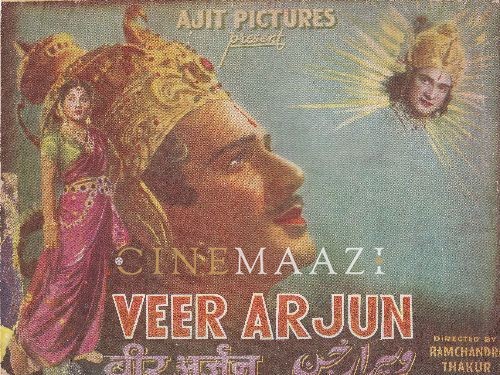
Veer Arjun 1952
-
Shama 1946
-
Bairam Khan 1946
-
Saathi 1946
-
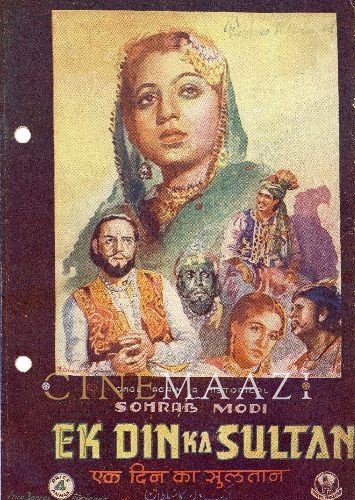
Ek Din Ka Sultan 1945
-
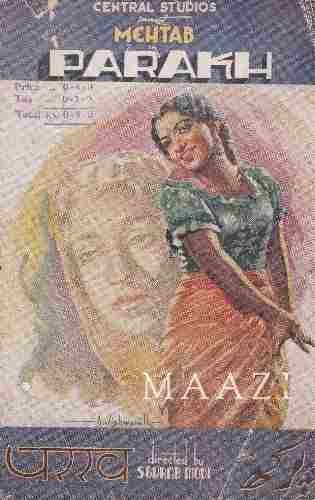
Parakh 1944
-
Ismat 1944
-
Jeevan 1944
-
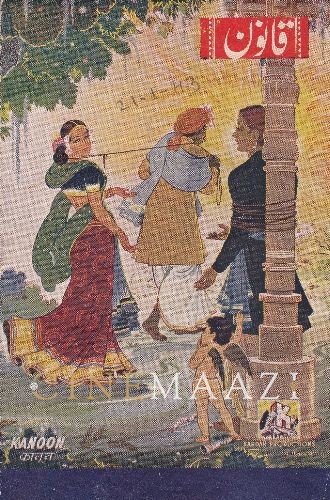
Kanoon 1943
-
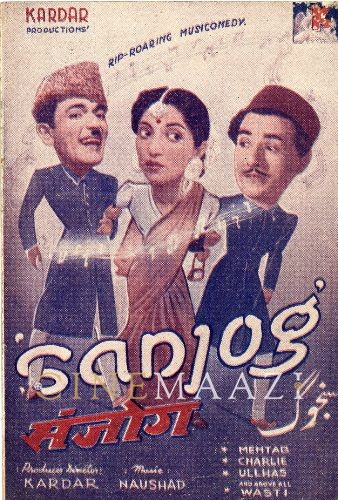
Sanjog 1943
-



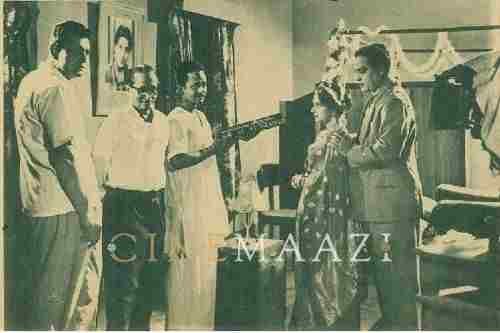
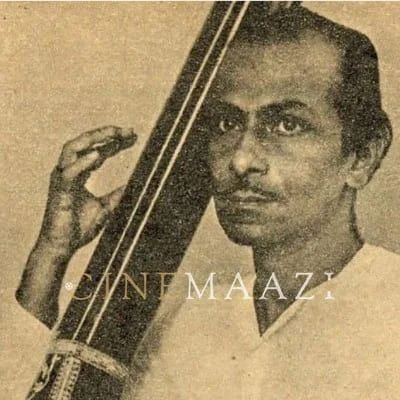

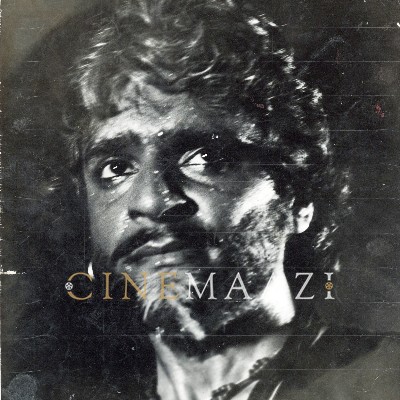
.jpg)




